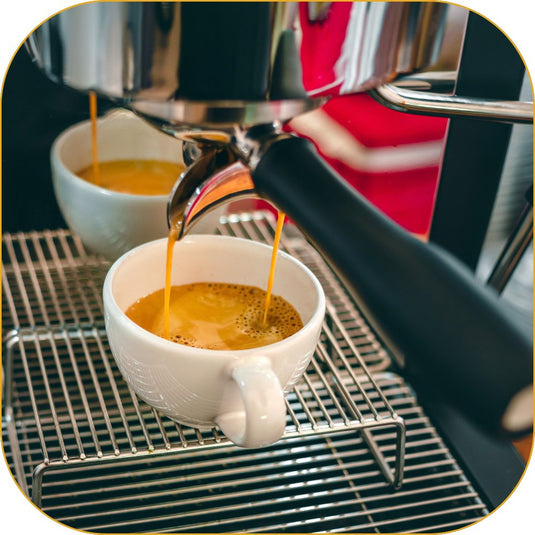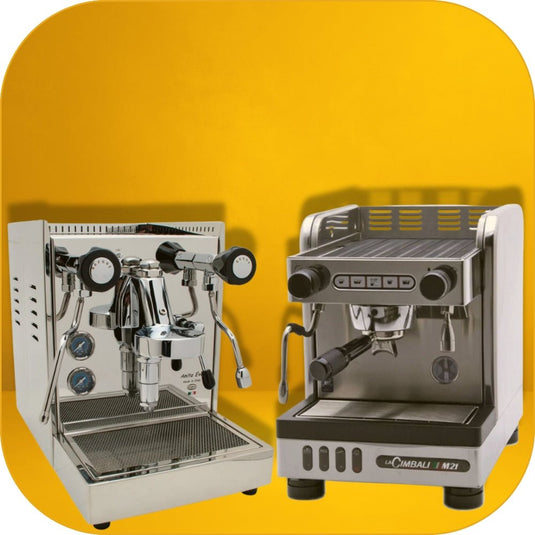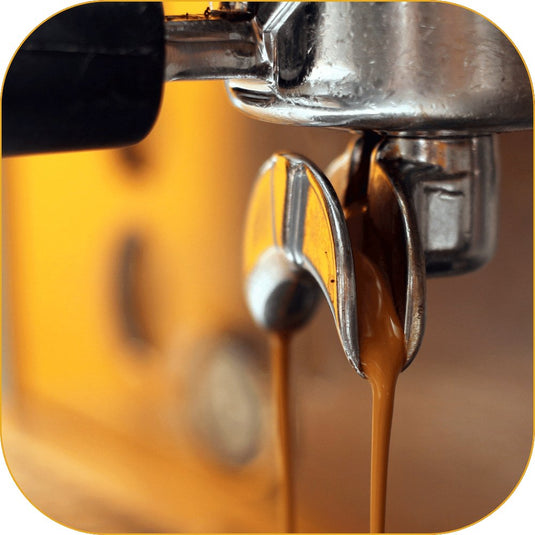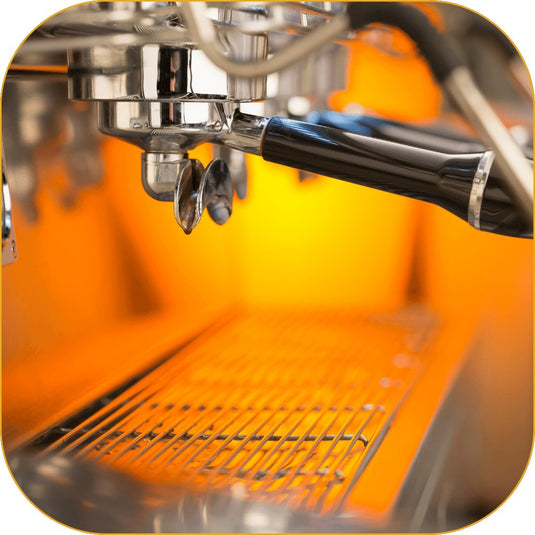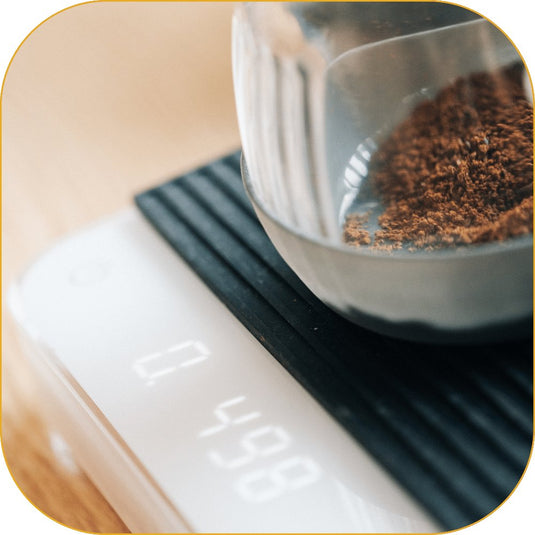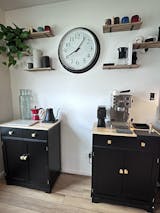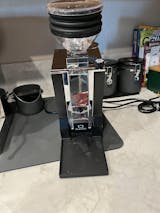Benefits Of A Dual-Boiler Espresso Machine

Espresso machines come in all sorts of shapes and forms, that’s why it can be very hard to find the right one for you.
There are about a million espresso machines out there, and even if you know what you’re looking for, it can all be a little overwhelming.
So let’s talk about one of the most sought-after features and often decisive thing in making a decision: the boiler.
What is a boiler? And why do you need two of them?
To fully understand why boilers matter, we have to travel back in time. This was late 19th century and early 20th century, when espresso machines worked almost fully on steam or on manual force, meaning they depended on the server (the proto-barista) to pull a lever and extract the shot. This is where the expression “pull a shot” comes from, by the way.
Machines back then were actually just a big boiler with a spout coming out. On top of the boiler would sit maybe a temperature reader or a pressure reader, but that was it.
The boiler was (is) a water tank that serves to heat up water. Water comes to the boiler at room temperature and it leaves at (hopefully) the perfect brewing temperature.
But that’s not all the boiler does: it is also a good source of steam, which is generated by hot water.
In fact, the use of steam in our coffee is most definitely a consequence of using a boiler: if you look at the early prototypes of the espresso machine, there is no steam wand in sight, but only a valve for letting off steam so that the boiler wouldn’t explode. It was only later that they figured this byproduct could be put to use.
And once they figured out steamed milk was the nectar of the gods with which to make lattes and cappuccinos, the boiler went from convenient to absolutely necessary.
How does this translate to the present day?
The boiler still is one of the most, if not the most important parts of an espresso machine. Modern boilers have a heating element that works by rapidly heating up the boiler so that the water reaches the desired temperature.
There is, however, one big problem with this. Nowadays, we’ve figured out that the adequate brewing temperature is below the boiling point, so there isn’t enough steam generated here for us to be able to use the steam wand.
There are two solutions here:
- One is for the machine to simply ask you to wait. You will brew your coffee and, after a couple of minutes, it will have heated enough to create steam and only then you’d be able to use the steam wand.
- The second one is to introduce a second boiler, this one expressly for creating steam. Both boilers would work at the same time so you’d have access to coffee and steam simultaneously. This is called a dual boiler espresso machine.
Benefits of dual-boiler espresso machines
Right off the bat, many people notice that there are obvious advantages to having two boilers instead of one. Let’s lay all the benefits out:
- Enjoy your coffee hot: one unforeseen consequence of not having dual boilers is that, during the wait time, your coffee can actually go warm. It makes it difficult to enjoy. Dual-boilers allow you to enjoy your coffee freshly brewed because you don’t have to wait.
- More steam pressure: single boilers can sometimes lack in their steam-generating capabilities. Because there is pressure in making the steam available as soon as possible, these machines let you use this feature as soon as there’s just a little bit of it, resulting in less pressure. But a boiler full of steam can shoot out steam with more power, allowing you to achieve a froth and foam that is of higher quality.
- Unlimited steam (almost): Single boiler machines are, in almost all cases, made to only brew a handful of coffees at the same time. The steam will run out soon, making it annoying to use the feature. Dual boiler machines can handle much bigger workloads, meaning that you can use it with the confidence that it won’t run out of steam! Literally!
- Proper brewing temperature: heating elements are delicate things. With time, the fluctuation between temperatures in a single boiler can hinder their ability to properly heat up. But a single heating element that only ever heats up to one setting is more likely to keep functioning properly, never deviating from the ideal temperature. What this means for you is more consistently good coffee thanks to your water always being at the ideal temperature.


